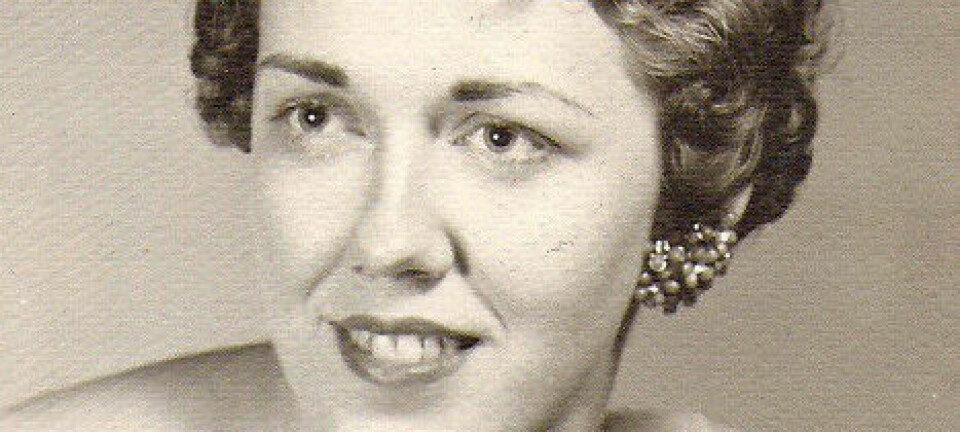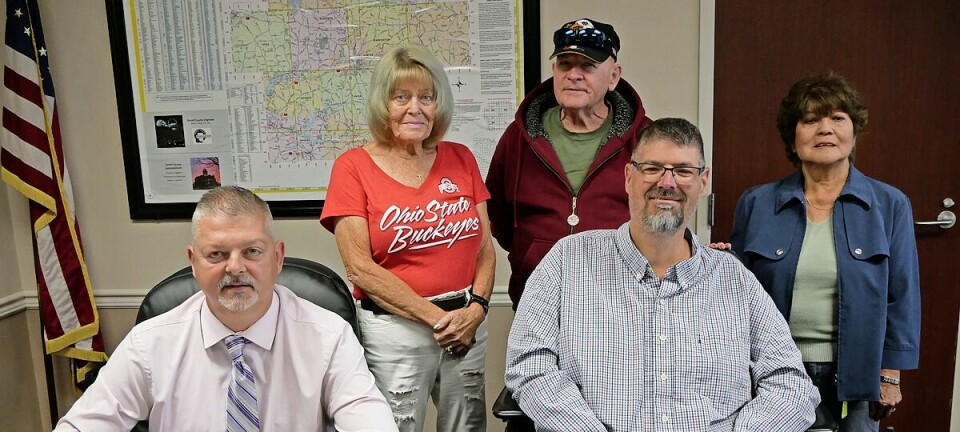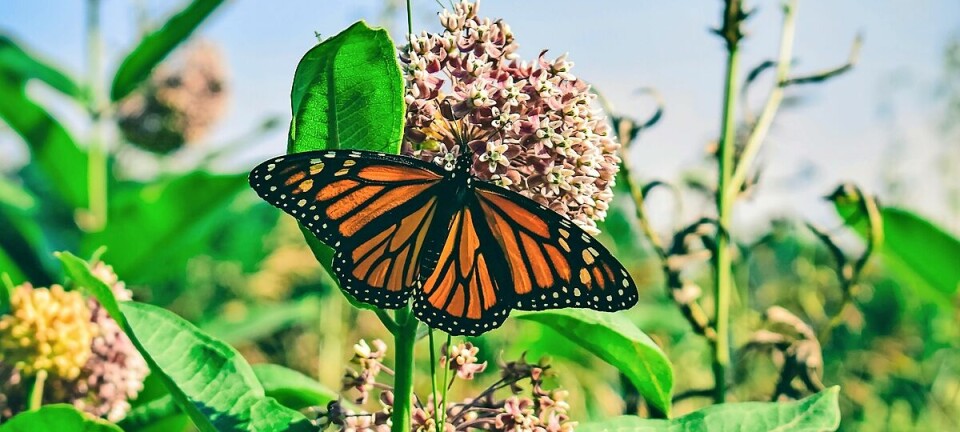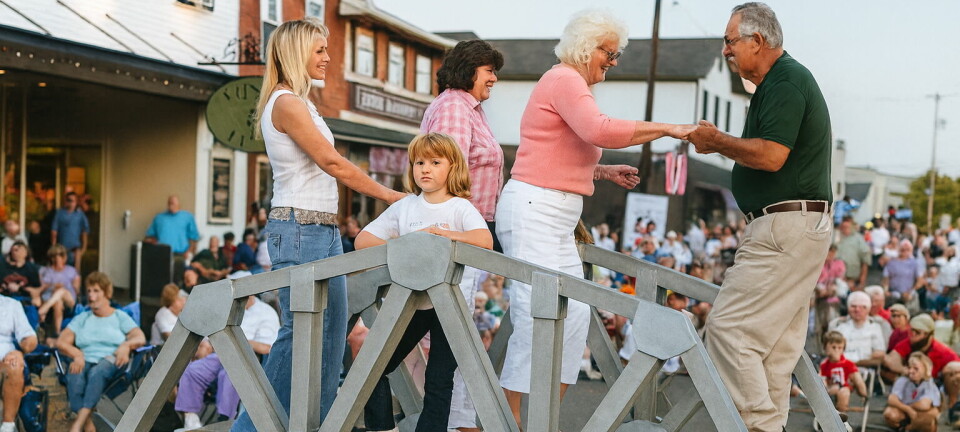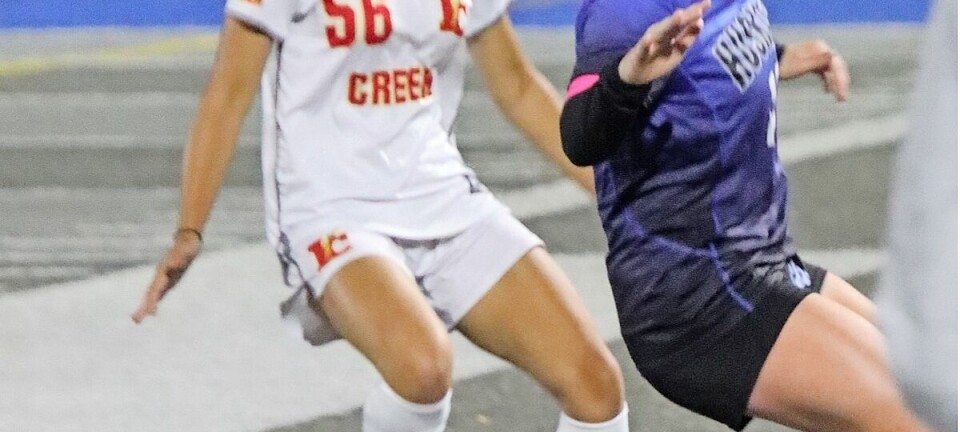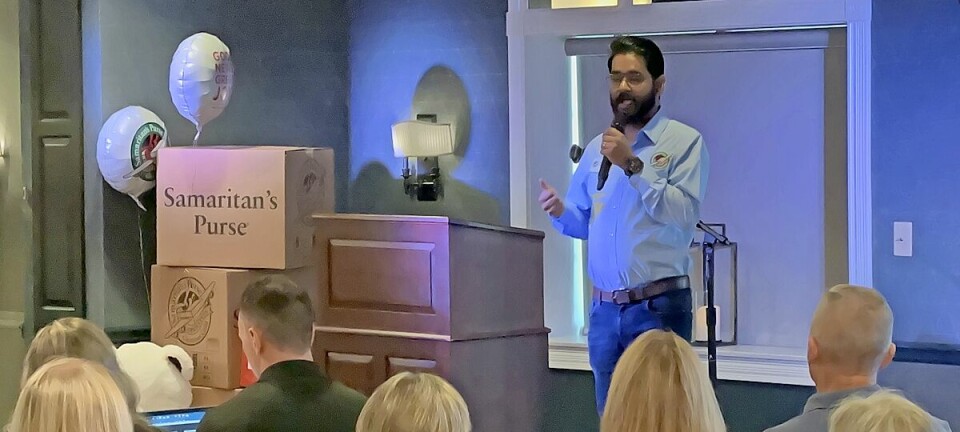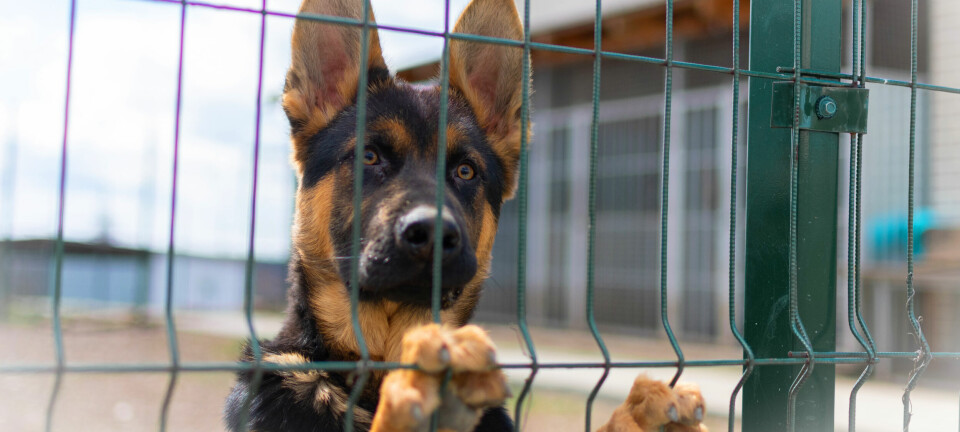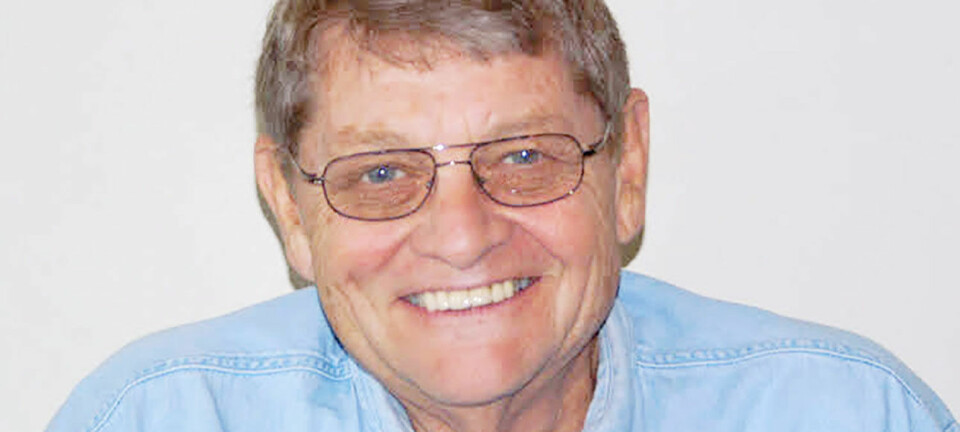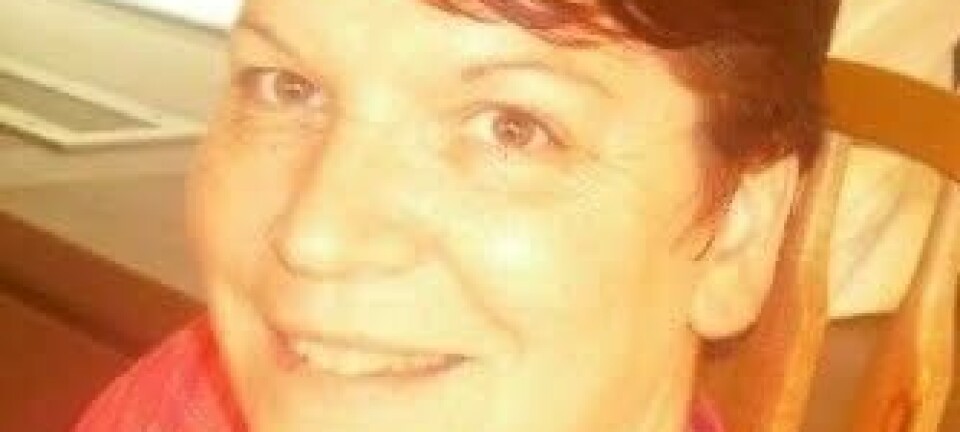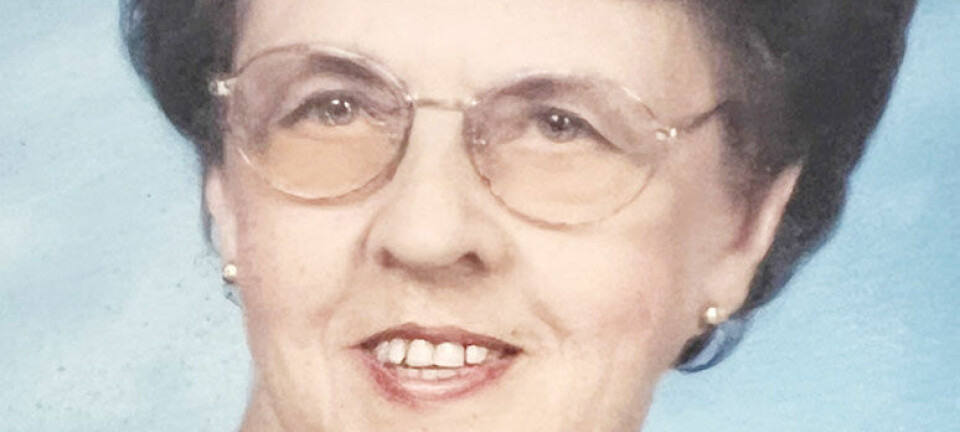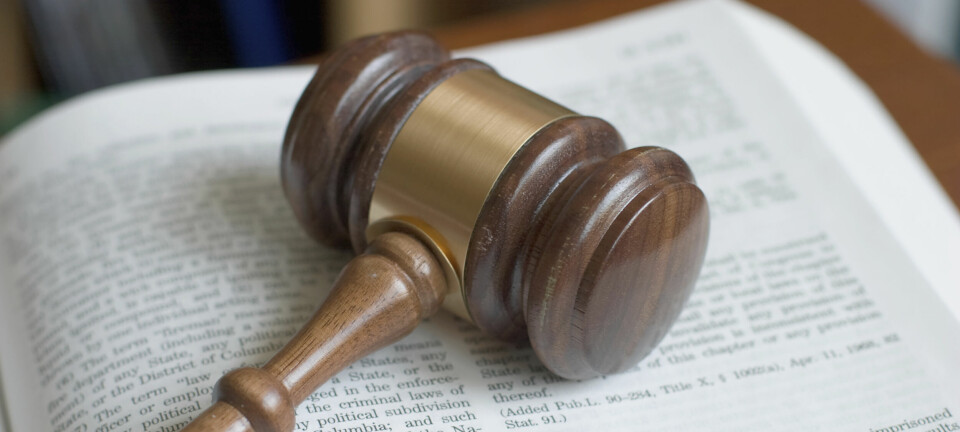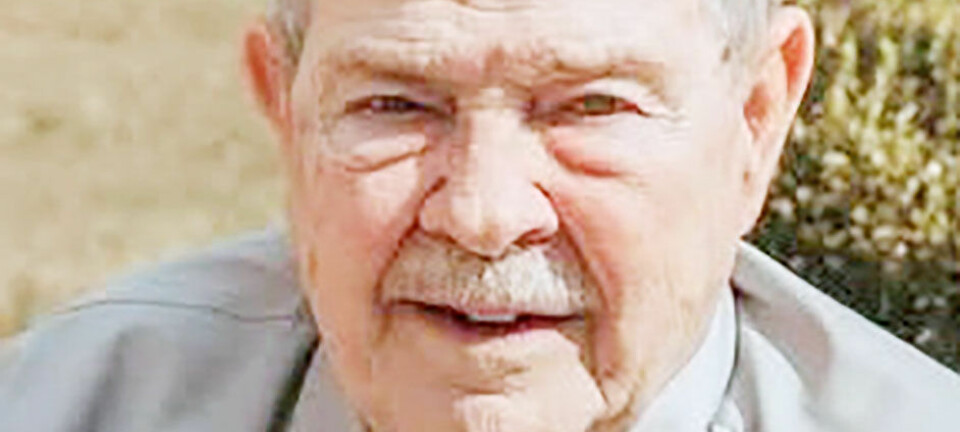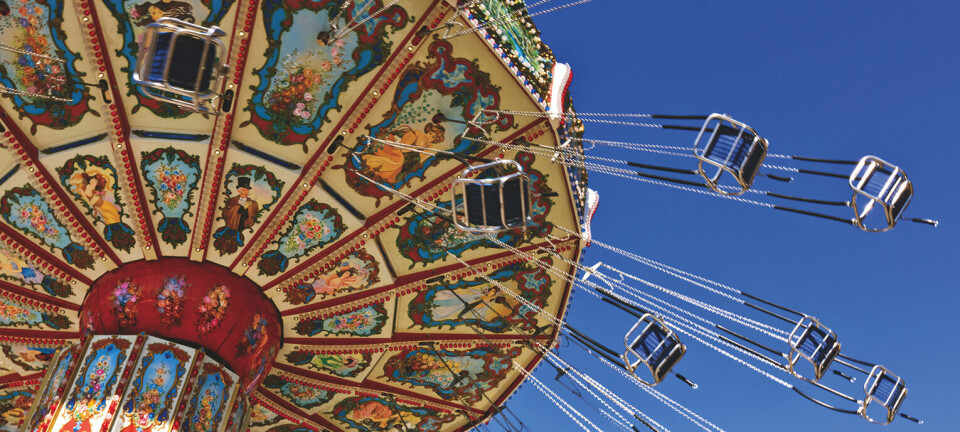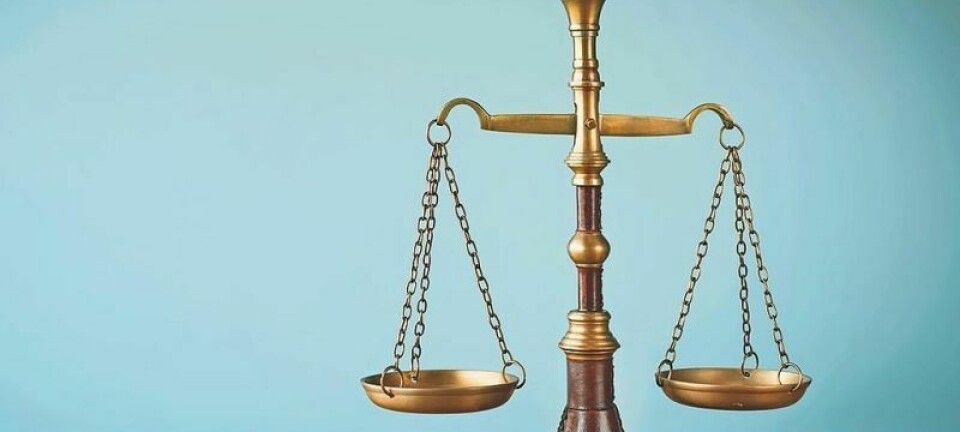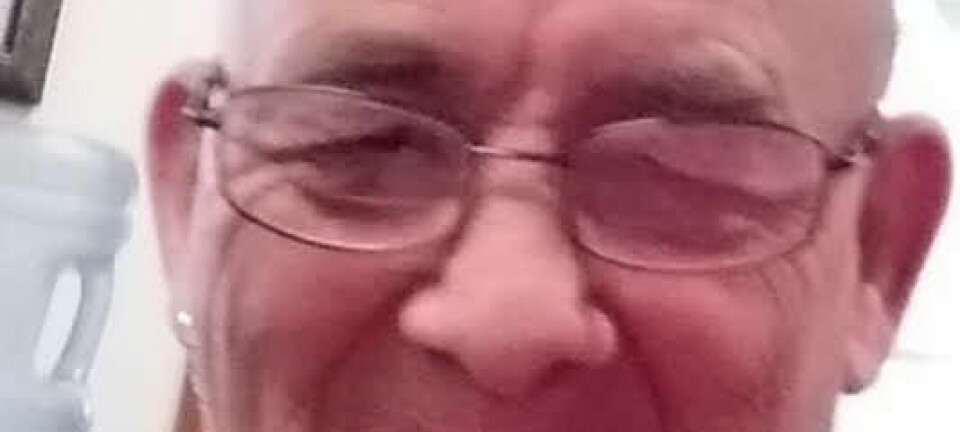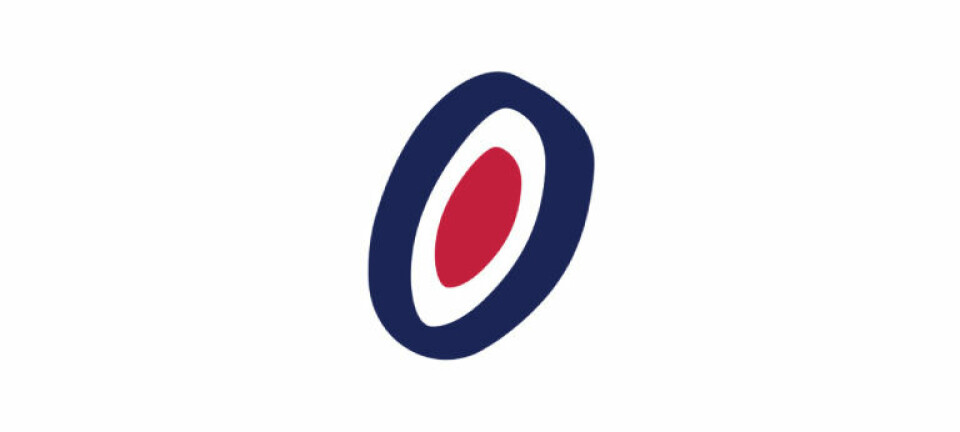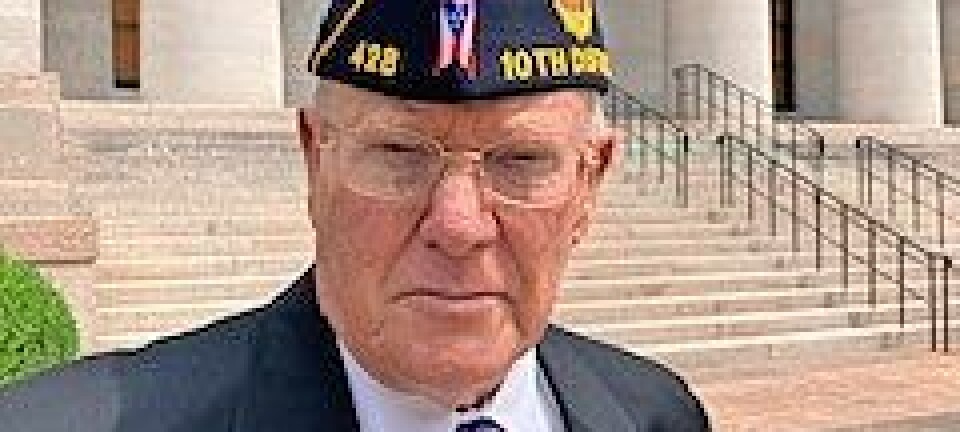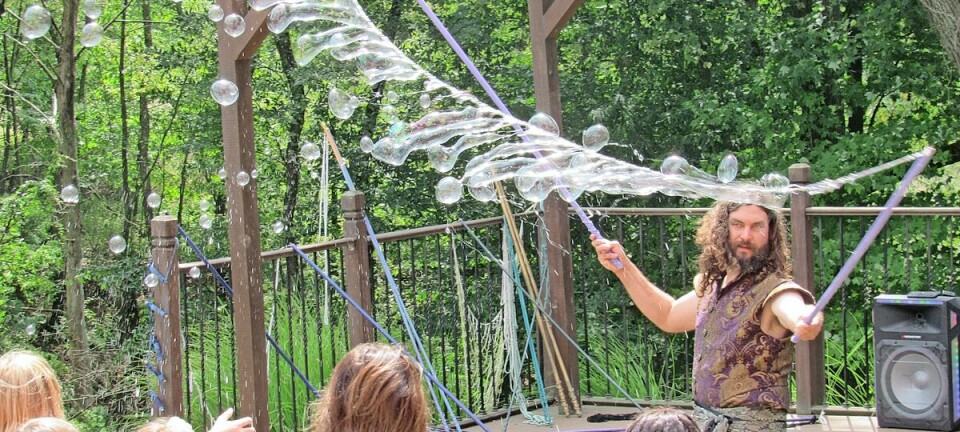Penske, McEnroe among most memorable interviews

Some 47 years after my rookie season in the newspaper biz, today’s “Livin’ the Team” effort is an attempt to reflect on a handful of all-time most enjoyable interviews — in no particular order.
Roger Penske — One-on-ones with “The Captain” aren’t easy to come by, so the opportunity to hook up with Penske for a private conversation in his motor home at the Mid-Ohio Sports Car Course near Mansfield a few years back was a no-brainer, especially for a self-professed gearhead. The meeting was arranged by a friend named Pete Twiddy, who at the time was in charge of Team Penske’s extensive onsite hospitality operations at the track. He also worked live pit stops as the chap who squirted water on the side of the race car after a speedy refueling.
This was during the era when CART and Indycar were working through an unsavory split, so there was much to talk about. Penske, the business mogul who owned more than 50 companies worldwide, was as accepting as a man in his position could possibly be. After all, he didn’t know roving sports reporter Tom Rife, from a small daily in Florida, from Adam.
“You can ask me anything you want,” Penske said about 90 minutes before the drivers were to take the green flag at the scenic 15-turn, 2.4-mile layout.
Even though Penske’s demeanor often was branded as intimidating, the casual session went smoothly by all accounts.
“Tom, the race starts in 10 minutes. We’d better get out there,” Penske suddenly realized.
What better proof that time really does fly when you’re having fun?
John McEnroe — Characterized as a “tennis brat” and known for his explosive on-court antics, Johnny Mac also was respected around the globe for his vast knowledge of the game and colorful opinions. What tennis geek wouldn’t want to pick his brain for a few minutes?
He had just finished a steamy morning practice session when he entered the cramped courtside construction trailer that doubled as a tournament office and makeshift press room. The good news was the air-conditioner was doing its job.
The most memorable thing about this conversation was the degree of intensity in McEnroe’s responses. Though potentially numbed by the countless number of press encounters over his many years in the limelight, he listened closely to each inquiry and gave frank, well-thought answers.
Seated in a simple folding chair with a towel draped across both knees, the graying, curly-haired McEnroe was a study in constant motion. As he spoke authoritatively, his eyes darted around the room, his head bobbed and weaved, and his high-strung nature shown through.
But not once did he try to cut things short or escape to his ritzy hotel room. It was serious fun, not work.
Jack Nicklaus — The architect of golf’s most decorated resume, the Golden Bear also established a reputation as one of the game’s most respected golf-course designers. We rode in the bed of a four-wheel-drive pickup truck, Nicklaus with blueprints in hand as he and top members of the construction team carved out what eventually would become the Bear’s Paw Country Club. He wanted to make sure the mounding and greens were precisely placed and that the fairways were artfully sculpted out of the pine forest.
After Nicklaus made several visits to check on the progress of the work, he at last was able to schedule a “press day” during which he would play the front nine.
To be honest, the weather that day was miserable. A steady rain soaked the legendary golfer as he toured the links. All the local papers and TV stations were invited, as were writers from regional and even national golf publications.
When a dripping-wet Nicklaus completed his round, he and everyone else squeezed into a small room inside the Bear’s Paw construction office. Typically, the TV guys all quickly smothered Nicklaus to get their precious 30-sound sound bites. A few minutes later, they scurried off to their SUVs, leaving the door open for one last reporter in search of more wide-ranging golf wisdom.
“You’re probably tired of answering questions by now, but do you have a few more minutes?”
“Oh, sure. I’m in no rush. Come on in this back room with me and we can talk there. You can ask me anything you want,” Nicklaus said.
An hour and a half later, having secured more than enough intriguing tidbits for a thorough article, it was time to put down the recorder and head for a keyboard in time to still make deadline for the next edition.
Ara Parseghian — The iconic Notre Dame football coach owned a condo on Marco Island, and he often traveled from South Bend to Southwest Florida for some well-deserved R&R. He also took a visible role in the blossoming community.
But it was when Parseghian moved his entire Fighting Irish squad south for a week of Orange Bowl preparation that he made the biggest waves. ND was about to play the previously undefeated Alabama Crimson Tide of coach Bear Bryant. By the way, the much-publicized matchup on Jan. 1, 1975, was to be Parseghian’s final game on the sidelines. The Irish would practice on the Naples High field and stay in a Marco hotel.
Having been invited to ride the team bus on the 45-minute ride from the Fort Myers airport to Marco, I ended up conveniently seated in the front row right next to Ara.
To break the ice, Coach asked me where I was from. When I told him I graduated from Greenfield McClain High School in rural South-Central Ohio, we hit it off immediately — like we’d been friends for years. Come to found out his wife also was originally from Greenfield and that she too was a former McClain Tiger.
From that point forward, Parseghian was a fountain of information whenever anything about Notre Dame football — or college football in general — was needed.
By the way, the Irish upset 'Bama 13-11, and Parseghian went out on top.
Bobby Bowden — Let’s just say any and every opportunity to talk to the now-retired Florida State University football taskmaster was, plain and simple, a dadgum hoot.
Even though he met with hundreds of reporters every season, Bowden had a knack for remembering names. Five months removed from a meeting with Bowden in Naples, I traveled to Gainesville, where the 'Noles staged a furious fourth-quarter rally against Steve Spurrier’s Florida Gators.
Spurrier was spittin’ fire and throwin’ his visor around, so it was better to let him cool down a bit and link up with Bowden outside the FSU locker room.
Bowden finally came out and proceeded to walk a few feet over to an old wooden Coca-Cola crate, on which he would stand to address the sea of reporters.
As he stepped up on the crate, Bobby slapped me on the shoulder and said, “Wooo, Tommy, that was a heckuva game, wasn’t it?”
To this day, how or why Bowden remembered my name is a total mystery.


